The watch features a finely polychrome white dial, hand-painted with a charming hunting scene that captures a moment of early 19th-century rural life. A French hunter aims his rifle at a target while his loyal dog, depicted with tenderness, watches his master attentively. The artistic quality of the painting still shines vividly, a sign of the care and preservation this piece has received. Along the outer edge of the dial, the seconds are precisely marked with Arabic numerals. Inside, two subdials are integrated into the design: one for the calendar and another for the hour display. The hands are of blued steel in Breguet feuille style, refined and functional, perfectly complementing the aesthetic. At three o'clock, the winding hole for the movement is located, a typical feature of this type of watch.
The reverse side reveals a technical treasure: a verge fusee movement in gilt brass, impeccably preserved. It features a fusee escapement with cylindrical pillars, a structure characteristic of early 19th-century French watchmaking. The balance bridge is ornately decorated with floral engraving, adding a beautiful artistic touch. The silver regulator bears the initials A and R (Avance and Retard), confirming its French origin. Although the movement is unsigned, the quality of its execution clearly shows the hand of an experienced watchmaker. Remarkably, the watch is still in full working order, making it not only a collectible object but also a functional and living piece.
This watch combines history, craftsmanship and visual charm in a way that is increasingly rare. It is ideal for antique horology enthusiasts or anyone looking for a meaningful gift or display piece. A rare opportunity to acquire a mechanical and artistic gem from the 19th century.
Diameter: 56 mm (2.20 in) Weight: 98 grams
History of Verge Fusee Watches
Verge fusee watches, known for their chain and fusee mechanism, represent one of the most fascinating stages in the technical evolution of watchmaking. Although invented in the 17th century, they reached their peak during the 18th and early 19th centuries and were widely used by English, French and Swiss watchmakers. This system allowed compensation for the loss of tension in the mainspring as it unwound, resulting in more accurate timekeeping. Although later replaced by more efficient and easier-to-maintain escapements, the verge fusee left a lasting mark on horological history not only due to its technical value but also for the beauty of its movements, often crafted as true works of art. In France, during the Napoleonic and Restoration periods, high-quality watches using this system were produced, many of them featuring hand-painted enamel dials depicting everyday, allegorical or mythological scenes. These pieces were both precision instruments and decorative objects that reflected their owner's artistic taste. Today, verge fusee watches are highly prized by collectors for their complexity, durability and fine craftsmanship. Each one transports us to an era when measuring time was also a matter of style, and when each watch was a unique creation.


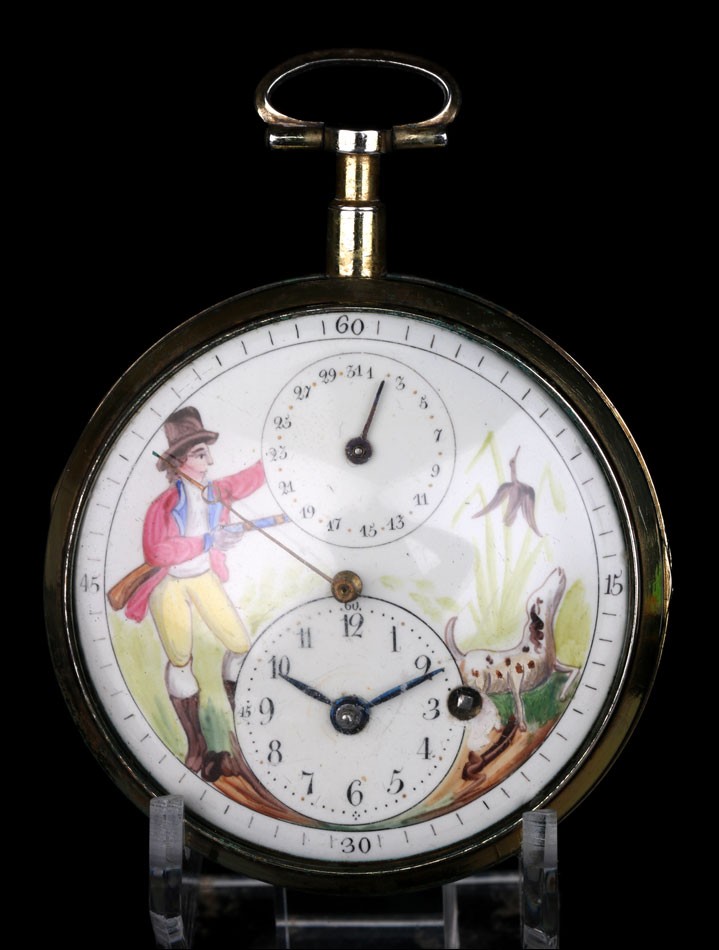
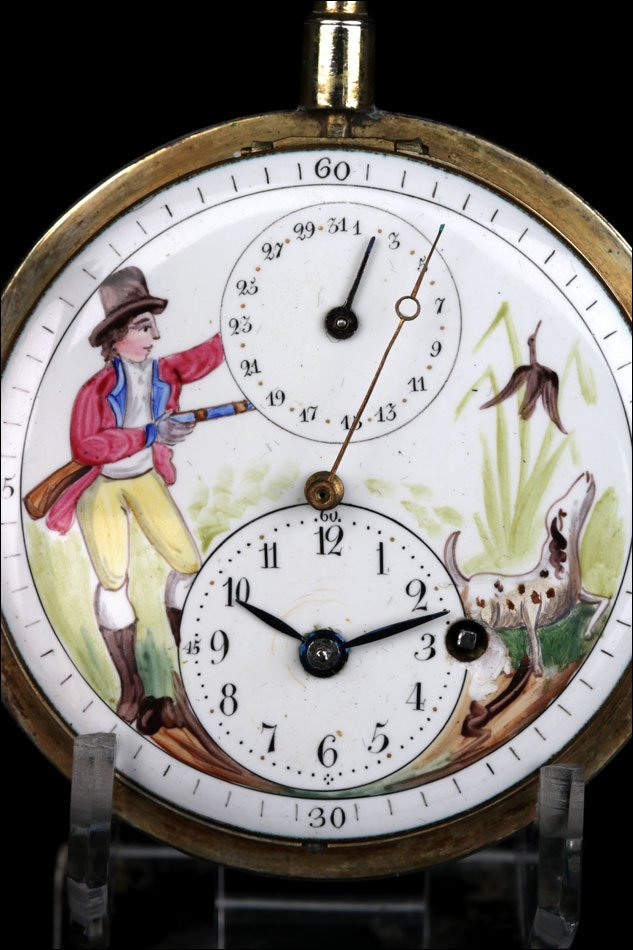



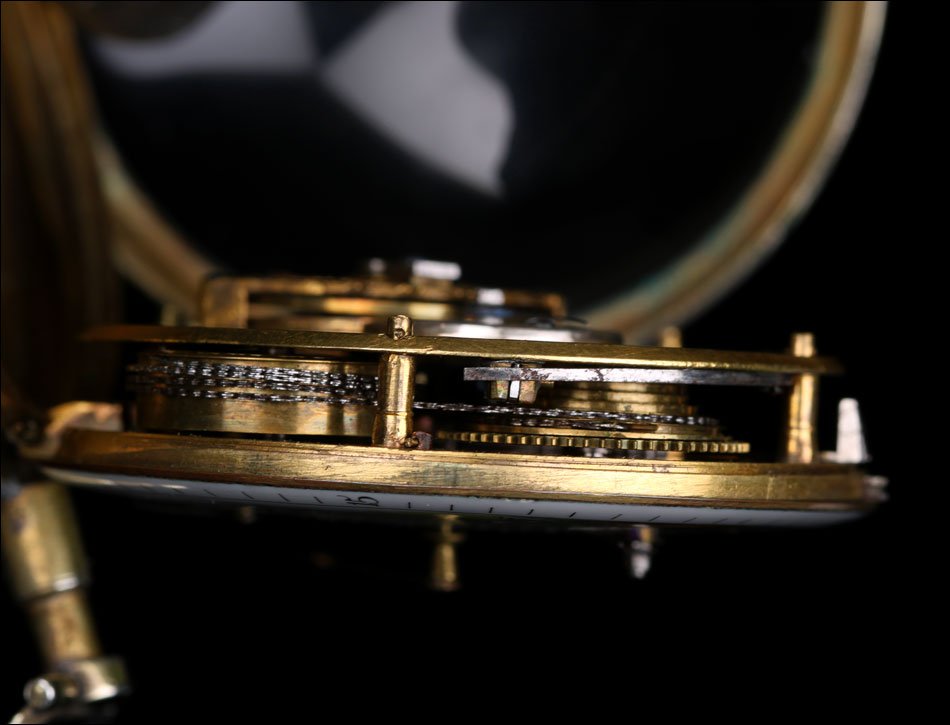


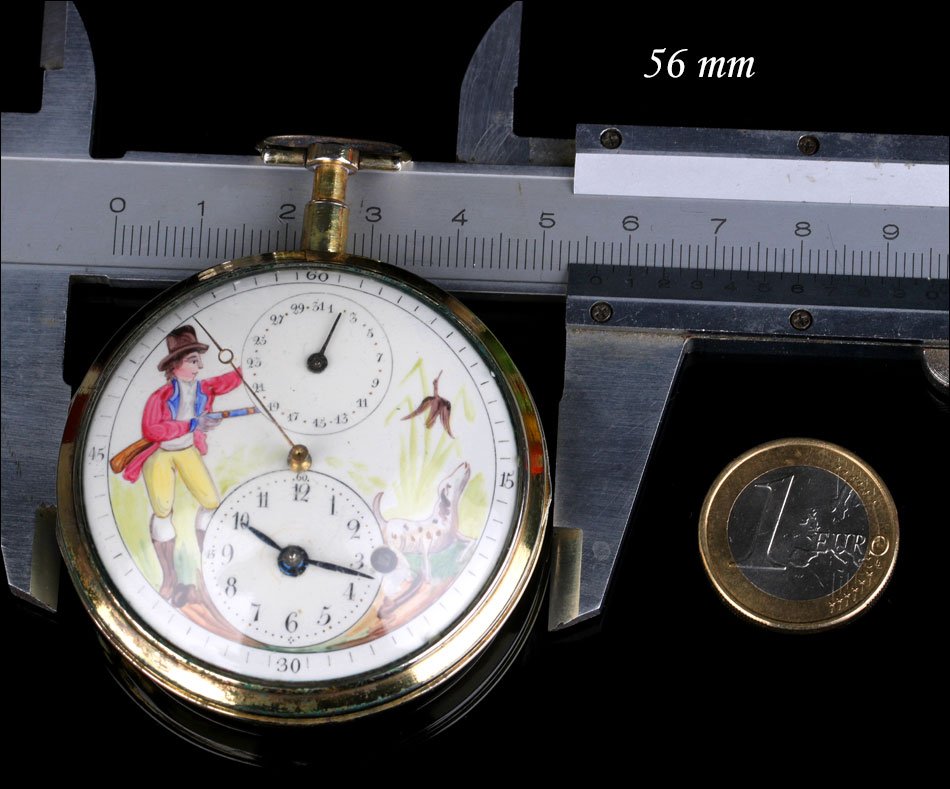










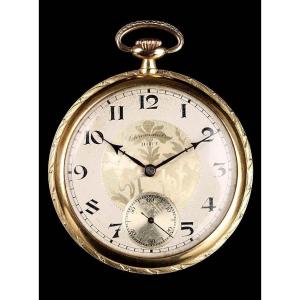

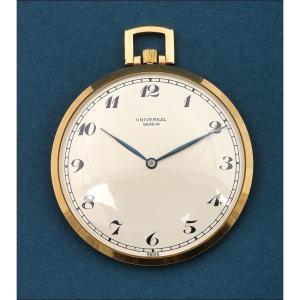
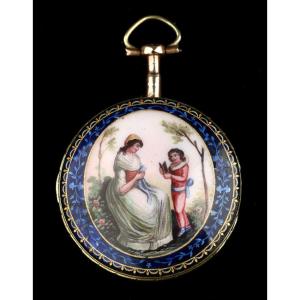












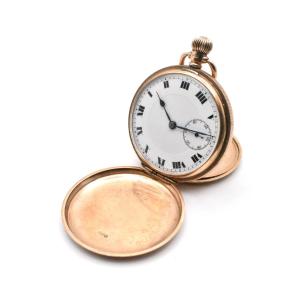
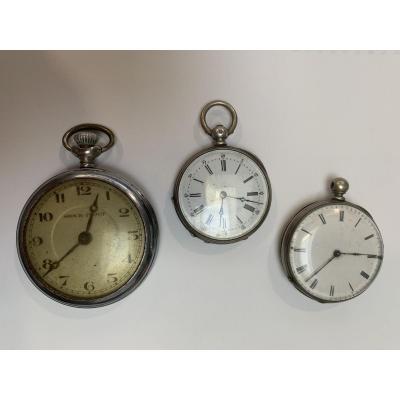

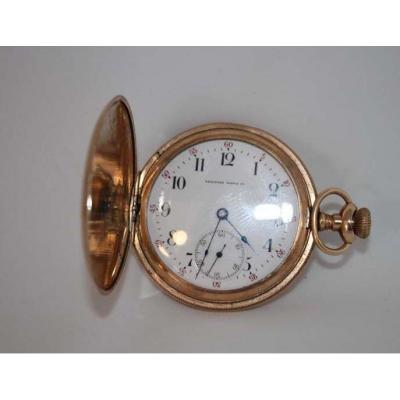



 Le Magazine de PROANTIC
Le Magazine de PROANTIC TRÉSORS Magazine
TRÉSORS Magazine Rivista Artiquariato
Rivista Artiquariato